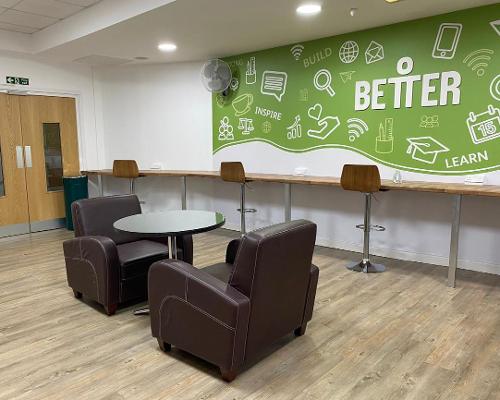features
How to Future-Proof a Science Centre
Invisible technology, serious play and co-creation will inform the science centre of tomorrow, says Peter Slavenburg
When the first science centres appeared more than 40 years ago, they were well ahead of their time. Being able to interact with exhibits was a completely new experience for people. It was “please touch” instead of “don’t touch”. However, times have changed, people have evolved and technology has advanced at an incredible speed. Although some science centres have been able to anticipate these changes successfully, many of them need to do more to adopt innovations and stay relevant for the general public.
In this article we suggest six action points which could make science centres ready for the future.
1. Apply technology in an intuitive and elegant way
With all the digital and technological innovations that have emerged, the challenge is to make technology elegant or even invisible. We have moved from a 20th-century world where technology was visible all around us, to a world where technology has become intuitive, omnipresent and invisible. If you walk through the new Rijksmuseum in Amsterdam, the Netherlands, you’ll see no technology whatsoever. No screens or panels – the place looks completely clean. That’s what people want technology to be like. Tesla is another example of elegant technology. One touchscreen display controls most of the car’s functions.
So technology is advancing, but the presence of technology is diminishing. This is the way science centres should move as well. The iSandBOX (an interactive sandbox) is a great example of invisible technology. With this exhibit one can learn about geology without having to touch buttons or screens. By playing with the sand you can create valleys, mountains, lakes, oceans and can even have lava coming out of volcanoes. People don’t feel as though they’re interacting with technology because the technology that’s used (sensors and a projector) is elegantly integrated.
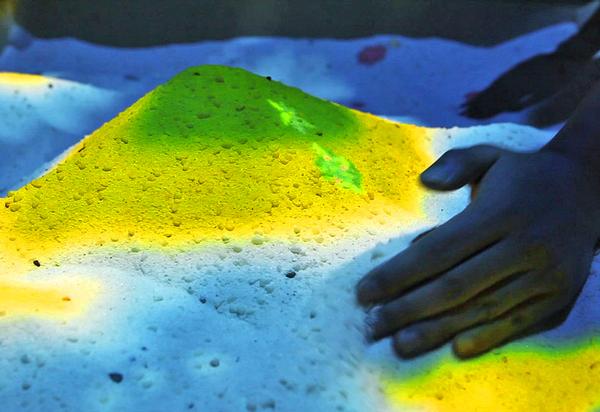
2. Co-create and share
Communication between organisations and their customers used to be one-way, but today it’s all about sharing and exchanging ideas, goods and information. Examples of this sharing philosophy are abundant; from social media, to crowdsourcing and second-screen applications that enable people to interact with television shows.
Many science centres seem to have missed this development and still primarily focus on one-way communication. A typical example is an exhibit that shows a science principle. Every time you press a button you get the proof that a certain scientific phenomenon is true. Why not show different scientific philosophies that contradict each other and offer opportunities to share or discuss them?
Science centres play a vital role in their communities and are ideally placed to get citizens involved in world-changing projects. The Ocean Cleanup project is a good example of a project where science centres could be a forum for a crowdsourcing initiative to get people involved. Instead of offering a game that teaches visitors about the pollution of the oceans, you could cooperate with a real project, crowdsource ideas and co-create solutions with visitors.
To really create impact and make projects like this happen, science centres can build partnerships with the organisations and institutes around them. Most science centres have ties with science departments of universities, but they could extend their partnerships to companies that focus on innovation or start-ups with high-tech ideas.
It’s about having shared goals to create a win-win situation. Companies can contribute knowledge and resources to science centres, while science centres can offer companies a great testing ground for new ideas. Why not showcase a company’s latest innovation in a science centre and have visitors test and respond to the idea?
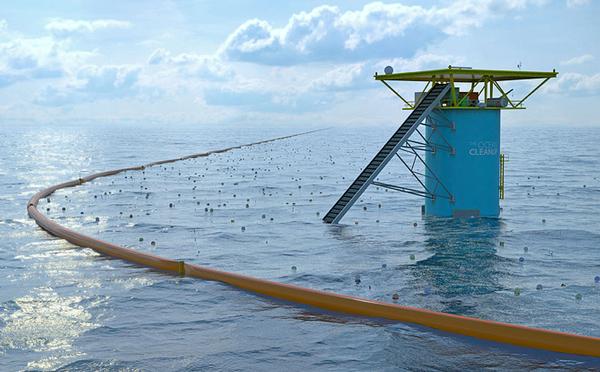
3. Integrate online and offline experiences
Over 50 per cent of museum visitors use their smart phone to prepare for a visit. This number will continue to rise. Whether you like it or not, a visit to a science centre will start with a pre-visit in the digital domain. Once visitors arrive, their phone will continue to guide them during their visit and science centres have to be prepared for this.
Science centres can learn a lot from seemingly more traditional places like the Rijksmuseum, where visitors can create a personal museum collection online and the visit is guided by a context-aware app. Digital experiences are necessary for every attraction: it’s simply what your visitors expect.
As a science centre is already an interactive experience, an app’s main function is to guide the visit. With beacons, an app can record what visitors do, store results and stimulate repeat visits. The phone can stay in your pocket, but the app will be used before and after the visit.
At NorthernLight we’ve been experimenting with these context-aware apps in museums, stadiums and retail. In January, the highest density beacons project was launched at Volkenkunde Museum in the Netherlands, with 100 iBeacons used throughout the museum.
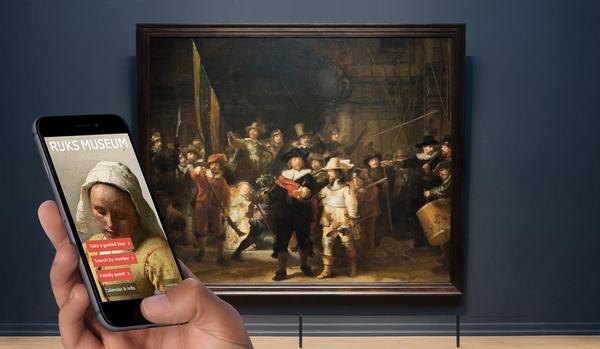
4. Make it playful
Serious games are an important educational tool in the 21st century. Science centres were one of the first places in the world to introduce applied and serious gaming. In a way, they invented the idea of using gameplay and interaction for education. But it now seems that online and business-to-business serious games – to teach engineers or educate surgeons or train pilots – are getting ahead.
Science centres need to catch up and learn lessons from these types of serious games. Science-based attractions could integrate serious games and real training software into their exhibitions. Take for example the brain surgeon’s game that is used to teach medical students. It would be fantastic to make this game available to science centres. The same goes for flight simulators and car mechanic’s augmented-reality devices.
Often large investments were made to develop these games and although they are used to teach serious, real-life skills, they are more challenging and at the same time more fun than the average science centre game that was developed with a limited budget 10 years ago.
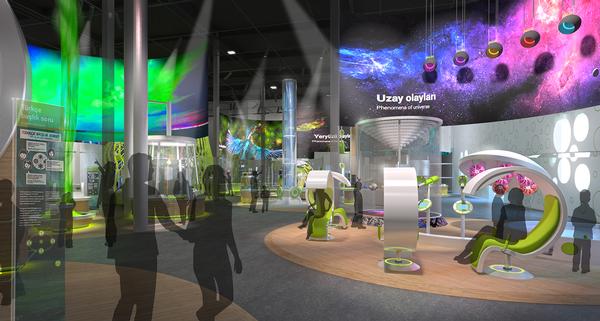
5. Make it physical
Nothing beats being close to the “real thing”. Science centres have always been experts in creating experiences that are hands-on and tactile. In this sense they have been examples for traditional museums. However, in recent years, some science centres have fallen into the trap of creating mostly touchscreen-type experiences, thinking everyone likes digital. But it remains important to stimulate interactivity with real objects, tactile materials and physical interactives.
In order to add a level of physicality and authenticity a few science centres have started to acquire an object collection. NEMO in Amsterdam, for example, has a special heritage collection consisting of 17,000 artefacts that tell the story of humankind and energy in its broadest sense, from the parlograph to the MP3 player and from the Humphry Davy lamp to LED lighting.
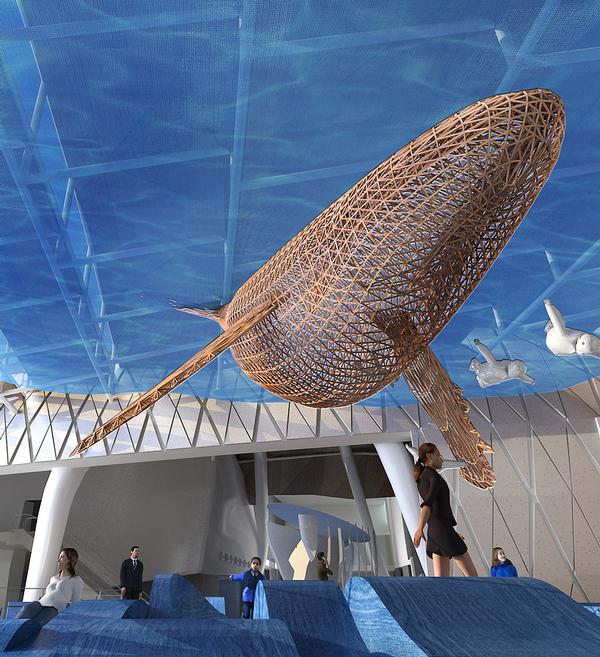
6. Create the unexpected
People are exposed to a lot of media nowadays. Brands try to get people’s attention in all sorts of unexpected ways in order to promote and sell their products. The main aim of most brand activation campaigns is to surprise people and create a buzz. Samsung Turkey is a great example. They launched a website with a video call centre for the hearing impaired. As part of the launch they created a video in which they followed a hearing-impaired man named Muharrem through his morning routine. A month of preparation (including sign language training) and many cameras later, Muharrem goes through the city and is greeted by people who can communicate just like he does. The video went viral and has been viewed almost 8 million times.
Science centres can learn from this example, in which a company uses the unexpected to attract attention. They should make a bigger effort to surprise their visitors and make impact, building better, more challenging interactive exhibits. Once you create the unexpected, you will create a buzz, both offline (word-of-mouth) and online on social media.
Another way to create the unexpected is to expose people to interactive exhibits in unexpected places like airports or shopping areas. Here they have a much bigger impact. In Bergen in Norway a science centre was built in a shopping mall, and the Dutch science centre NEMO built a free mini science centre at Amsterdam’s Schiphol airport, resulting in a lot of positive feedback from travellers.
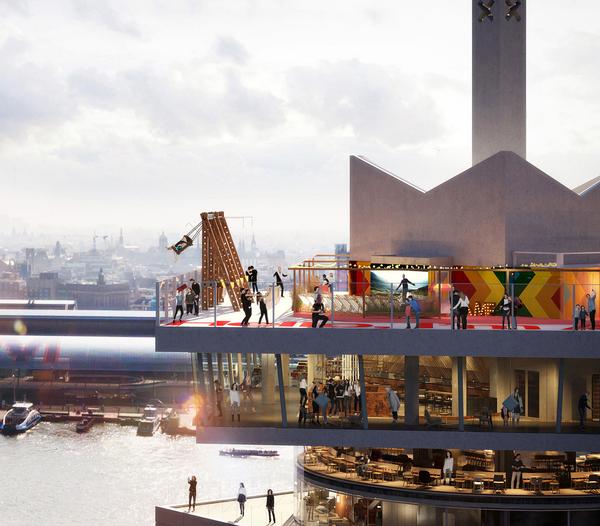
IN CONCLUSION
These six characteristics of a futureproof science centre are based on the important role science centres have in society. A science centre is about experiences that connect people through sharing ideas and insights. It’s about changing perceptions and attitudes and experiences that cut across boundaries between art and culture, history and science. It’s about lifelong learning. Science centres can only continue to keep playing this role if they continuously adapt and keep up with current trends and innovations.
Peter Slavenburg,
Co-founder and Director ,
NorthernLight
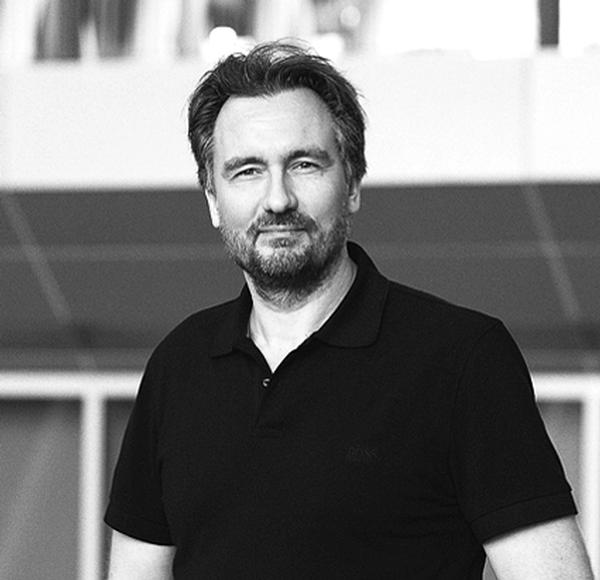
Peter Slavenburg is co-founder and director of NorthernLight. NorthernLight develops and designs physical and digital experience platforms for brands, museums and public spaces. By using the latest digital technologies and media innovations NorthernLight changes physical locations into places where learning, discovery and entertainment go hand in hand.















































